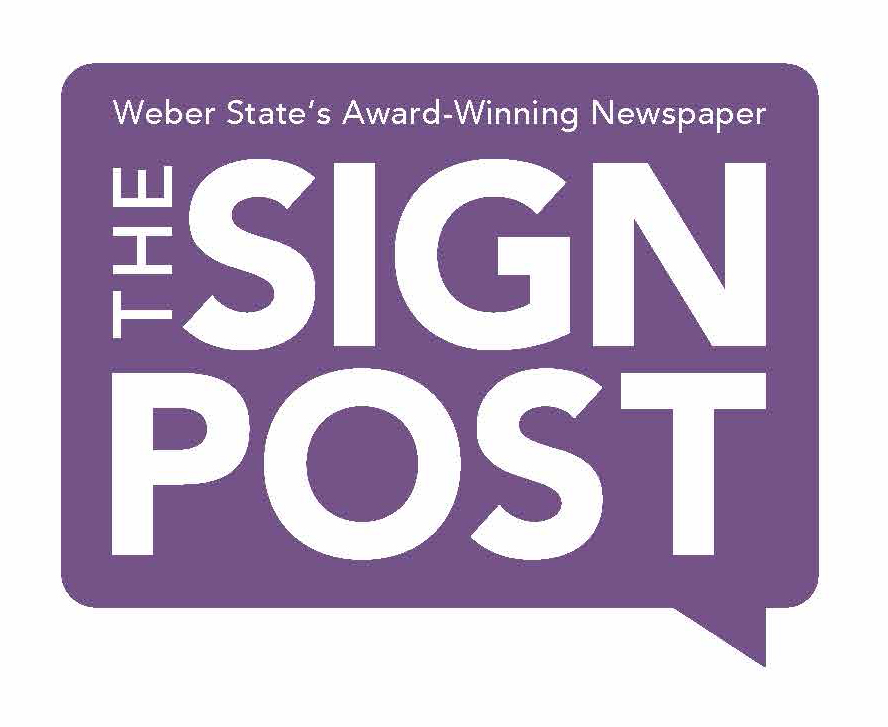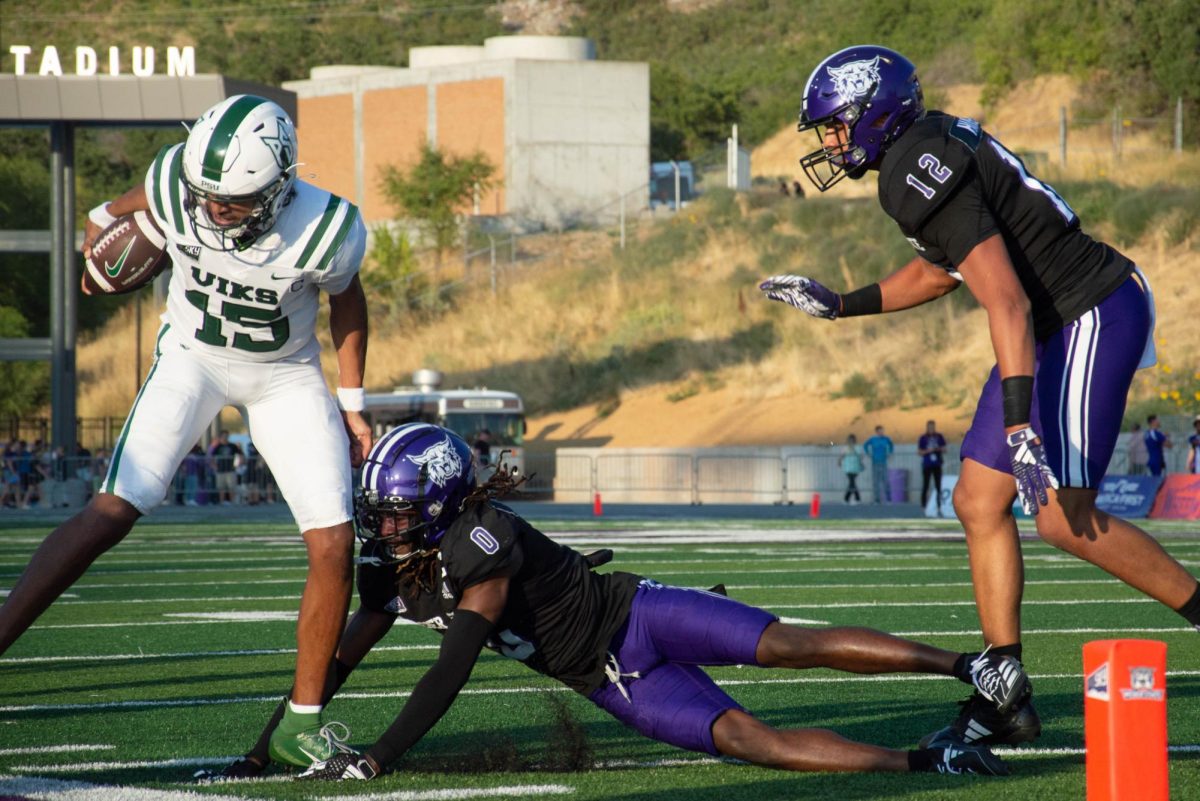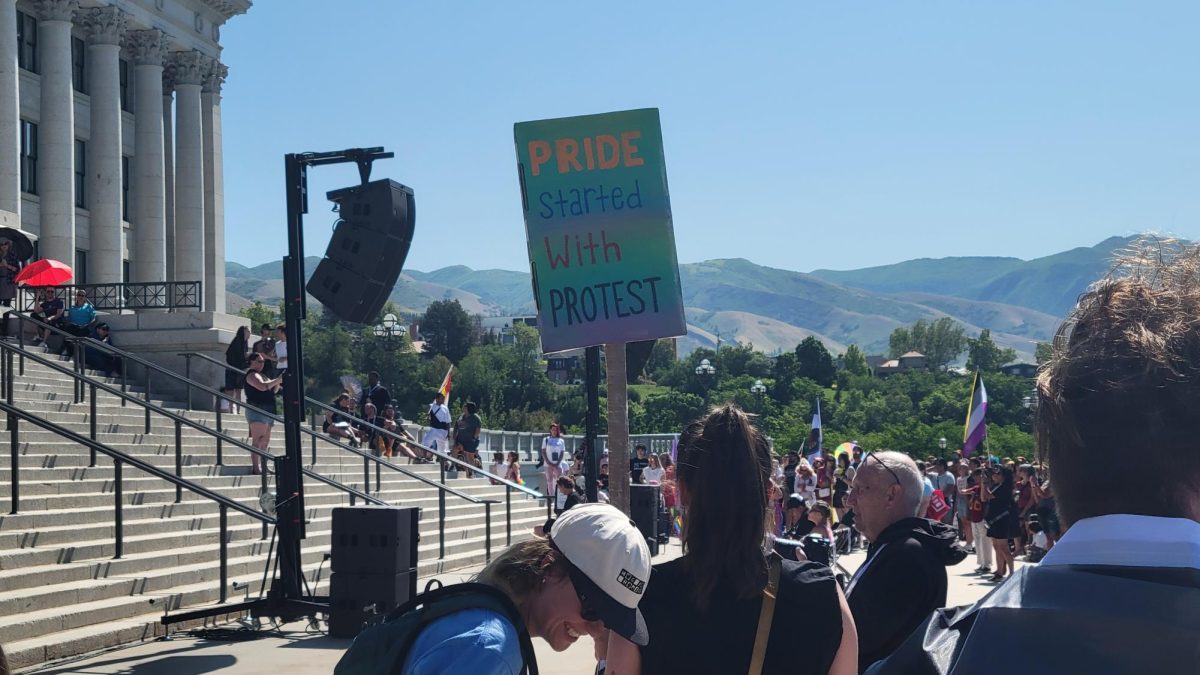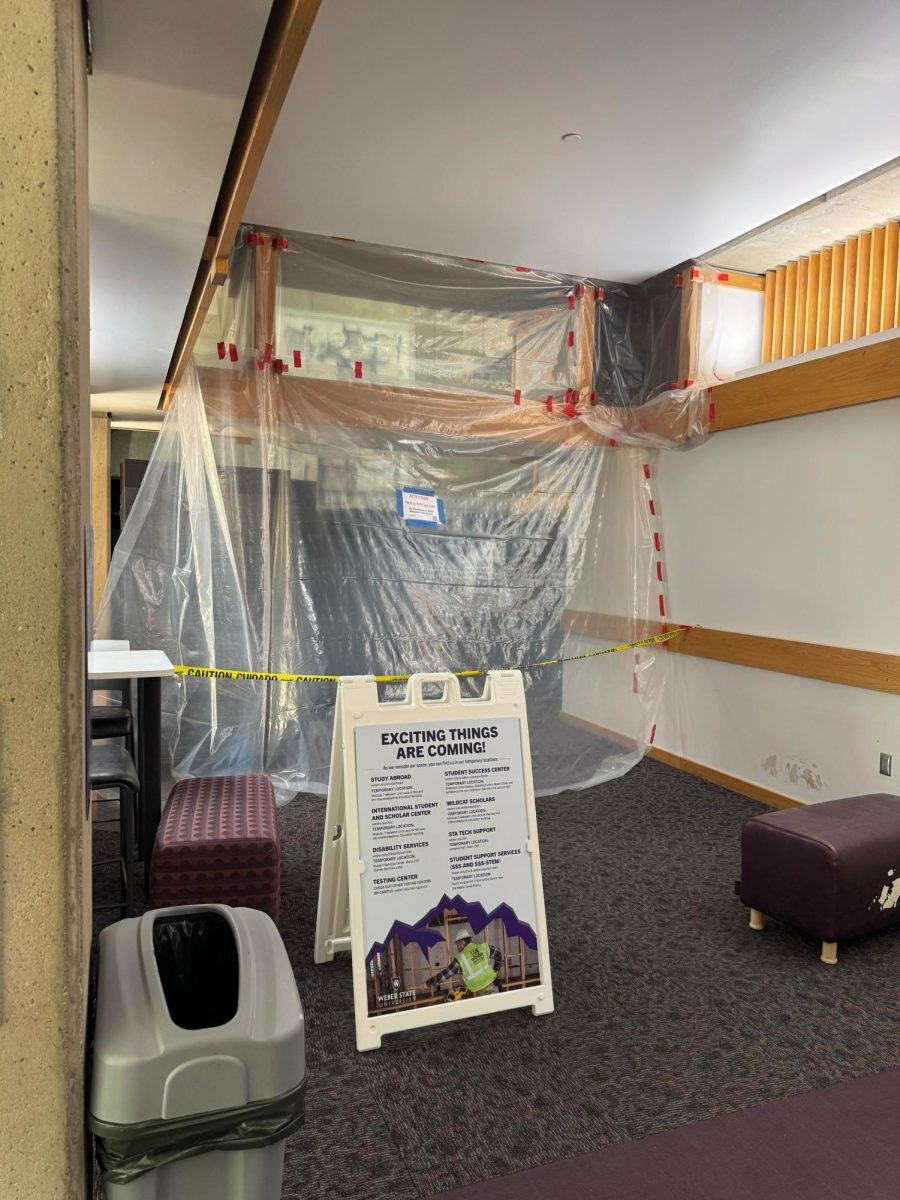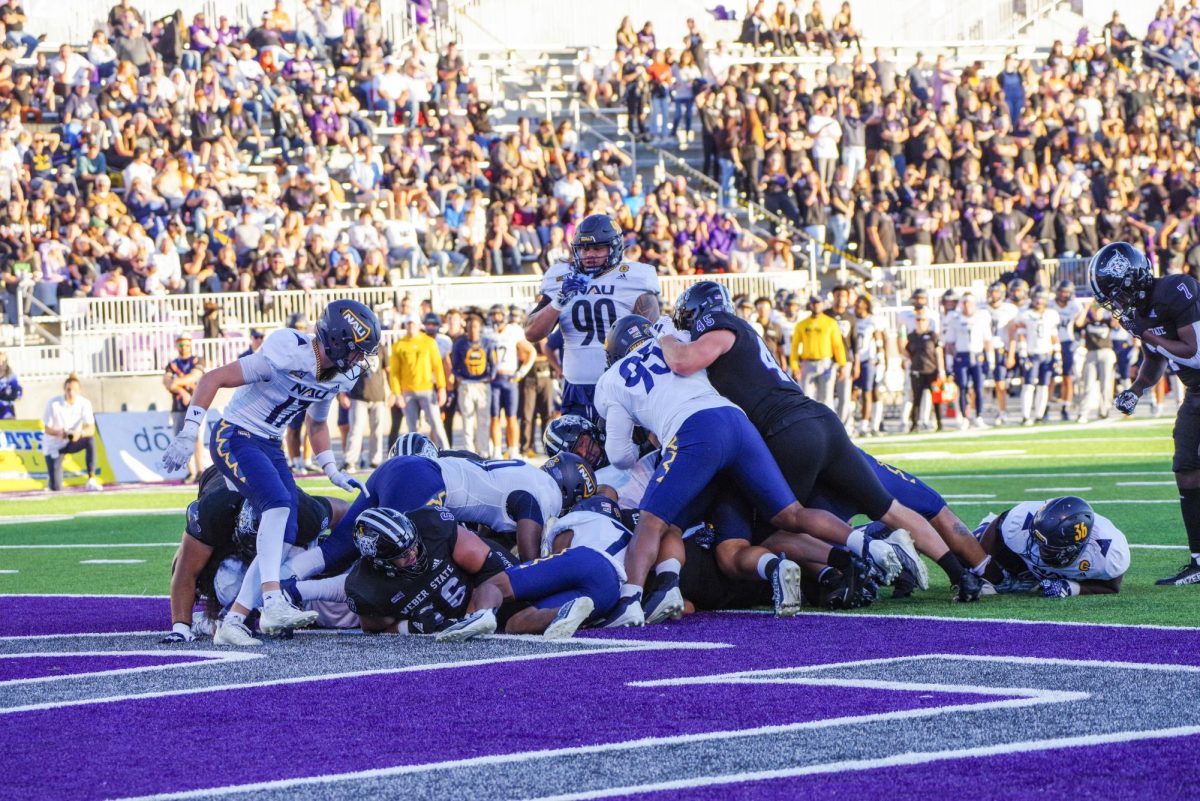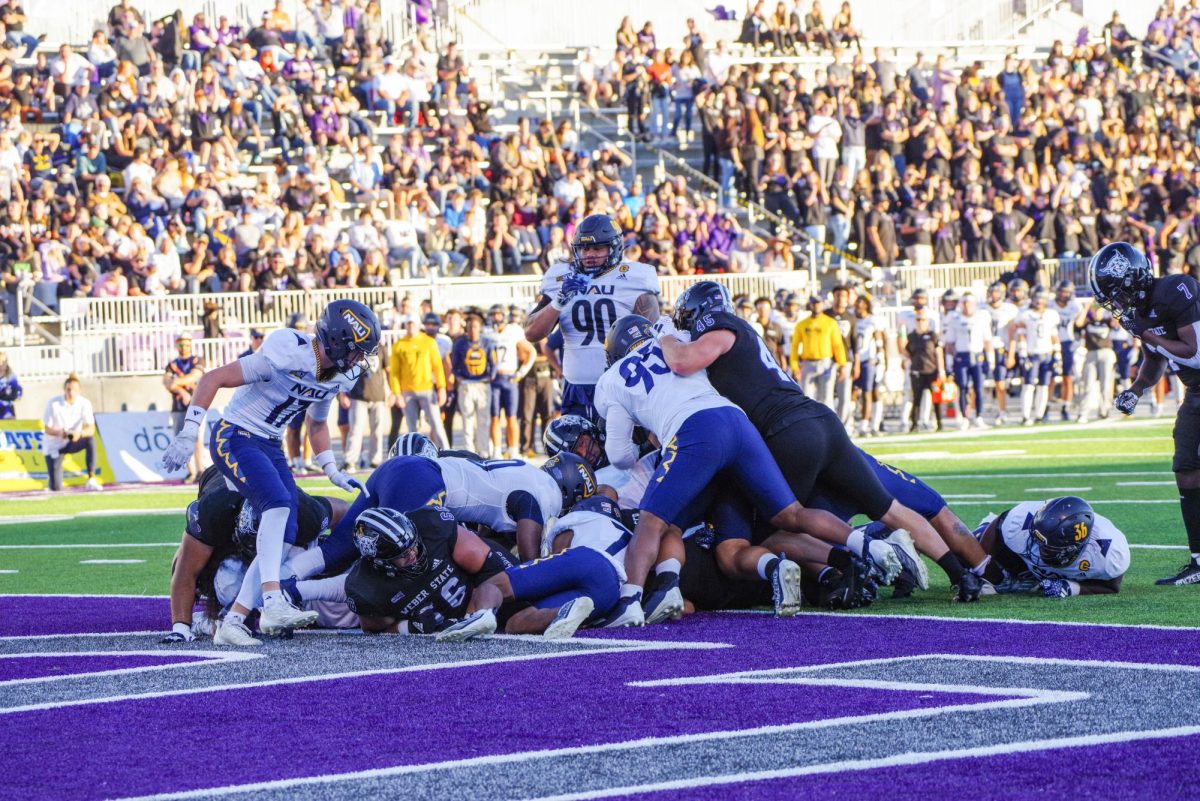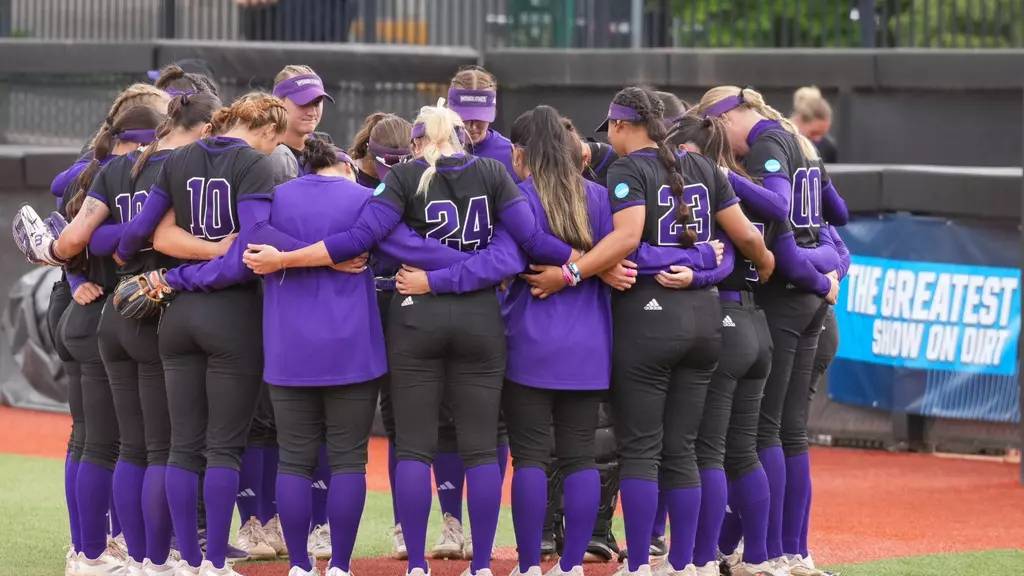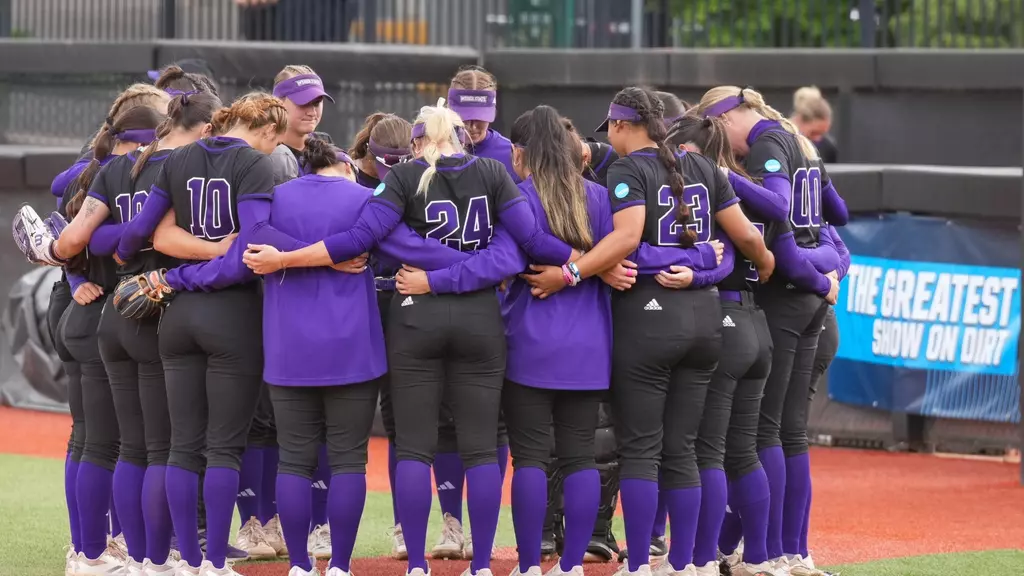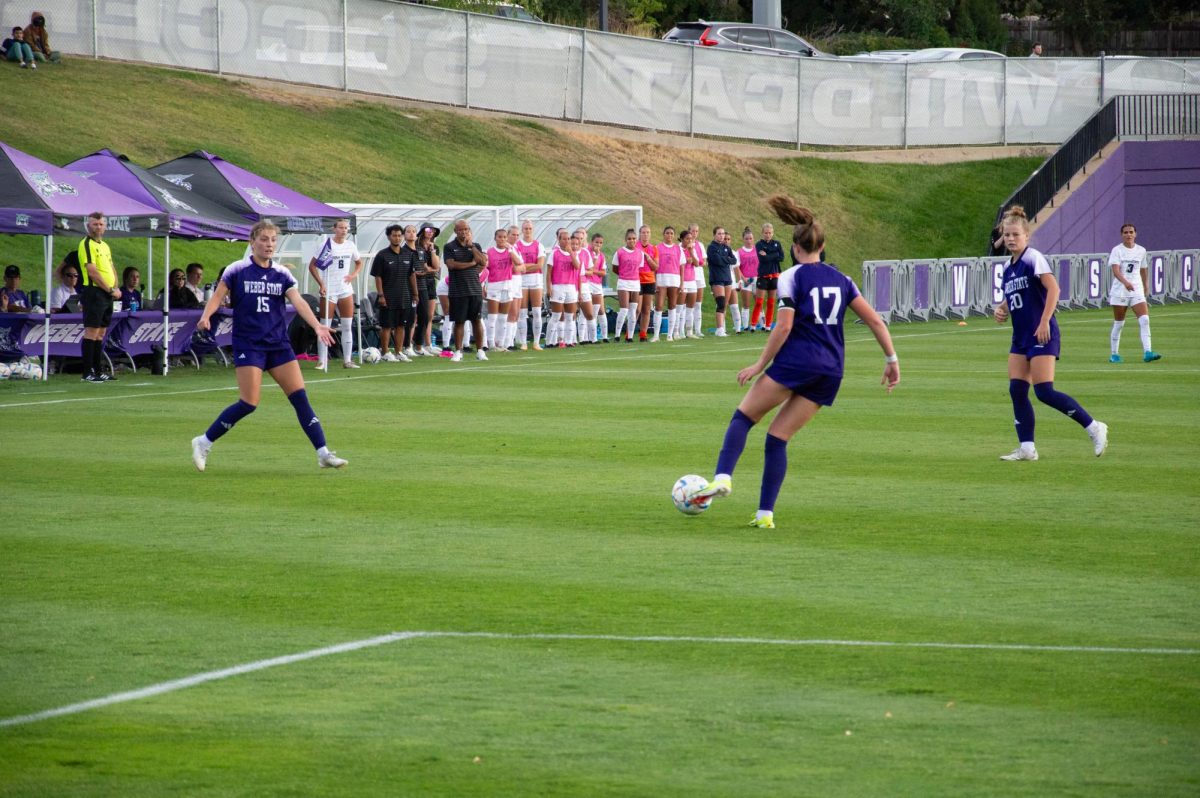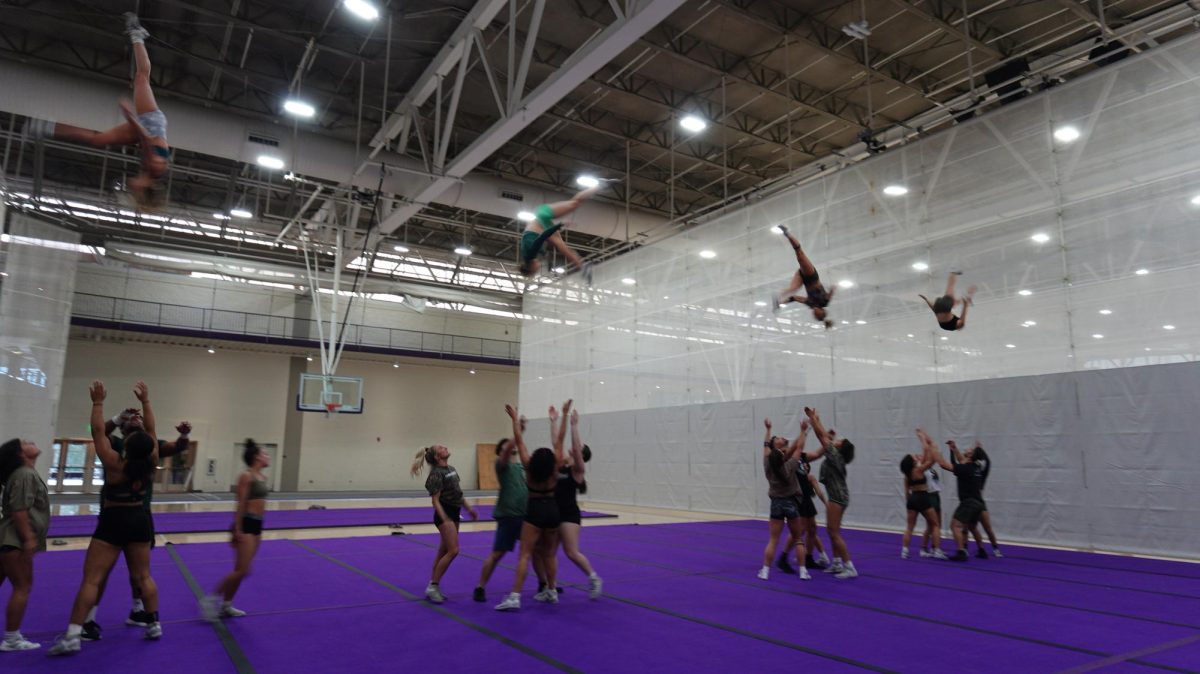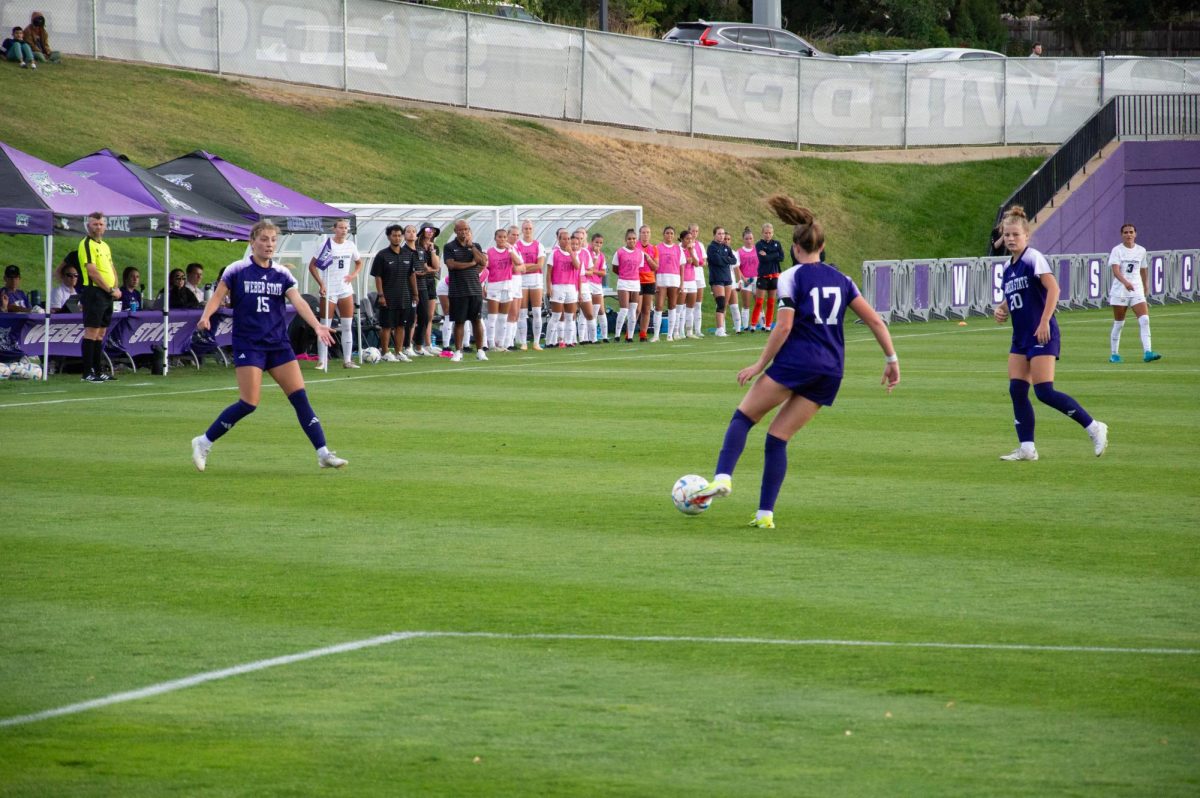In the wake of the NCAA’s decision to allow college athletes to profit from their name, image and likeness, small-market schools are adjusting to a constantly changing and competitive NIL landscape. While Power Five programs have flourished under the new rules, mid-major schools like Weber State University face unique challenges in securing financial opportunities for their athletes and competing in the NIL-driven transfer market.
The Impact on Weber State
Weber State has relied on an intense program culture, player development and community support for decades to remain competitive in the Big Sky Conference. However, with NIL opportunities becoming a significant factor in recruiting and player retention, the university has to balance these traditional strengths with new financial realities.
Weber State President Brad Mortensen acknowledges that while NIL is here to stay, the school must find ways to make it work within the framework of a smaller university.
“NIL is something we must embrace to ensure our student-athletes have opportunities,” Mortensen said. “Our goal is to find sustainable ways to support them while maintaining the integrity of our athletic programs.”
Unlike more prominent universities where athletes can attract national endorsements, Weber State relies on local businesses and alumni-driven initiatives to provide NIL opportunities.
Competing Without Big-Market Resources
As NIL continues to reshape college athletics, Weber State faces an uphill battle against wealthier programs. Unlike Power Five schools with massive funding, mid-majors like Weber State must find ways to compete without the same financial backing or clear guidelines.
Weber State Athletic Director Tim Crompton recognizes the uncertainty surrounding NIL’s long-term impact.
“There’s a lot that’s still unknown,” Crompton said. “Not just for us, but for many athletic departments, especially at the mid-major level. We’re all waiting for clear guidelines to emerge once the House settlement is finalized.”
The House of Representatives v. NCAA settlement is expected to shake up college sports. It’s designed to settle antitrust claims by compensating former athletes and setting up a system for schools to share revenue with current players. While the details are still being finalized, the settlement could bring more structure to NIL and direct payments. However, it might make it even harder for mid-major programs to compete with big-name Power Five schools.
One of the biggest challenges is the growing financial gap. With no limits on spending, Power Five schools can lock in top talent with massive NIL deals, while mid-majors are left trying to keep up.
“What we want is an equal playing field when it comes to competitiveness,” Crompton said. “Right now, no real guardrails are in place, and that’s a challenge.”
Despite these obstacles, Weber State has found ways to compete. While the Wildcats have lost key players to NIL-driven opportunities, they’ve also gained talent through the transfer portal from more extensive programs. Crompton believes that adapting to this new reality is crucial for long-term success.
“The landscape is different, but different doesn’t mean bad,” Crompton said. “We have to adapt. Someone will figure out how to succeed in this environment, so why not us?”
2025 Signing Day and Transfer Portal Movement
Weber State’s 2025 signing class reflects the increasing influence of the NIL era and transfer portal. The Wildcats added 16 new players, including eight transfers and eight high school recruits. Notable additions include quarterbacks Cash McCollum from the University of North Texas and Jackson Gilkey from the University of Texas at San Antonio and linebackers Sione Hala from Boston College and Sione Moa from Brigham Young University.
However, Weber State also saw key departures, as ten players entered the transfer portal, including quarterback Richie Muñoz for the University of the Incarnate Word, edge rusher Brayden Wilson for the University of Wyoming, cornerback Jalon Rock for Liberty University, tight end Peter Knudson for the University of Alabama and running back Damon Bankston left for the University of New Mexico. Offensive lineman Lavaka Taukeiaho’s transfer to Oklahoma State University shows how standout performances at smaller schools can often lead to Power Five opportunities.
NIL Education and Support
One of Weber State’s biggest challenges has been helping athletes navigate NIL. The university has teamed up with financial literacy programs and branding experts to teach players about contracts, taxes and marketing.
Mortensen acknowledged that while Weber State doesn’t have the NIL resources of bigger programs, it is still focused on helping athletes make the most of their opportunities.
“We’re focused on what we can control—providing education, resources and a pathway for our players to succeed in the NIL space,” Mortensen said. “We’re seeing progress.”
Looking Ahead
As NIL continues to reshape college athletics, Weber State is working to develop a sustainable model that benefits both its athletes and athletic programs. Whether through increasing community engagement, strengthening alum support, or continuing to educate players on branding, the Wildcats are determined to remain competitive.
“At the end of the day, NIL is about empowerment,” Mortensen said. “It’s about giving our student-athletes the tools they need to succeed not just while they’re here but long after they leave.”
With NIL evolving rapidly, Weber State and other small-market programs must stay agile. While they may not have the financial backing of powerhouse schools, they are proving that strong culture, strategic partnerships and athlete-focused development can help them compete in this new era of college sports.
